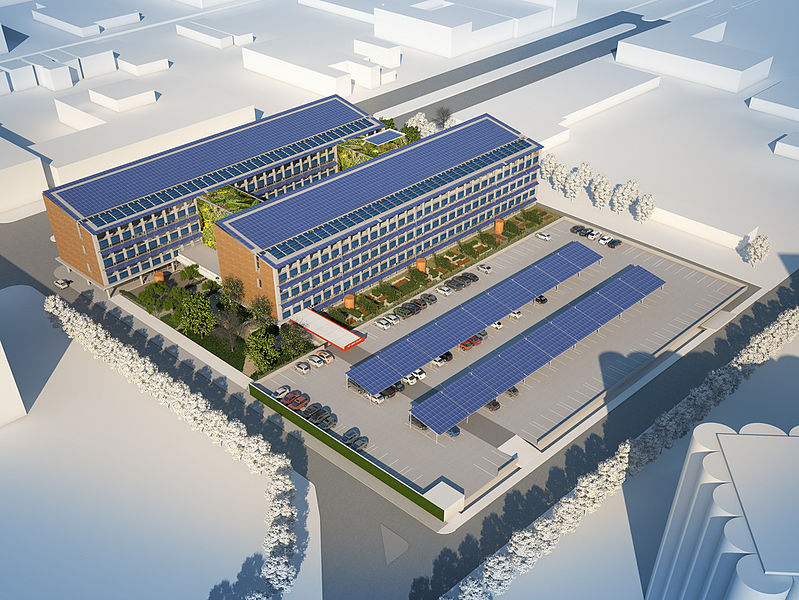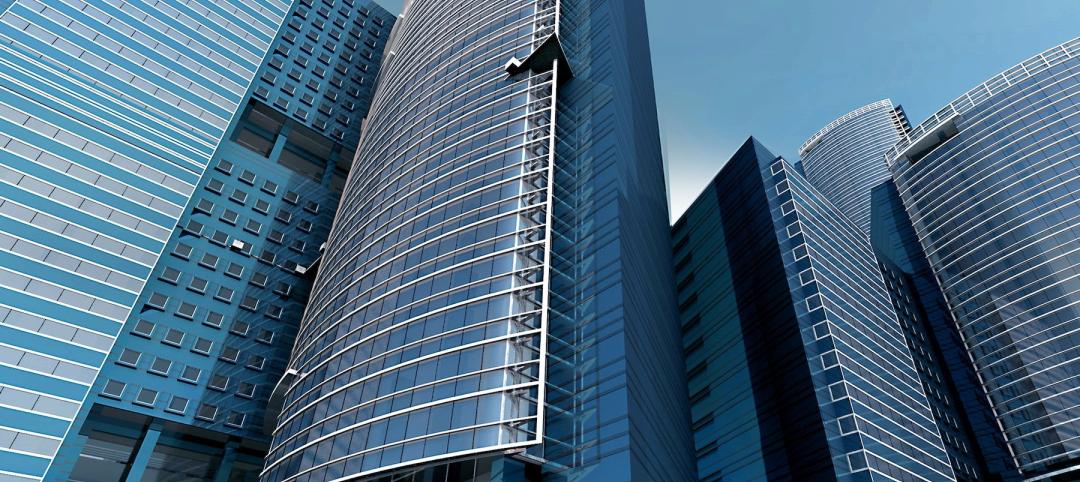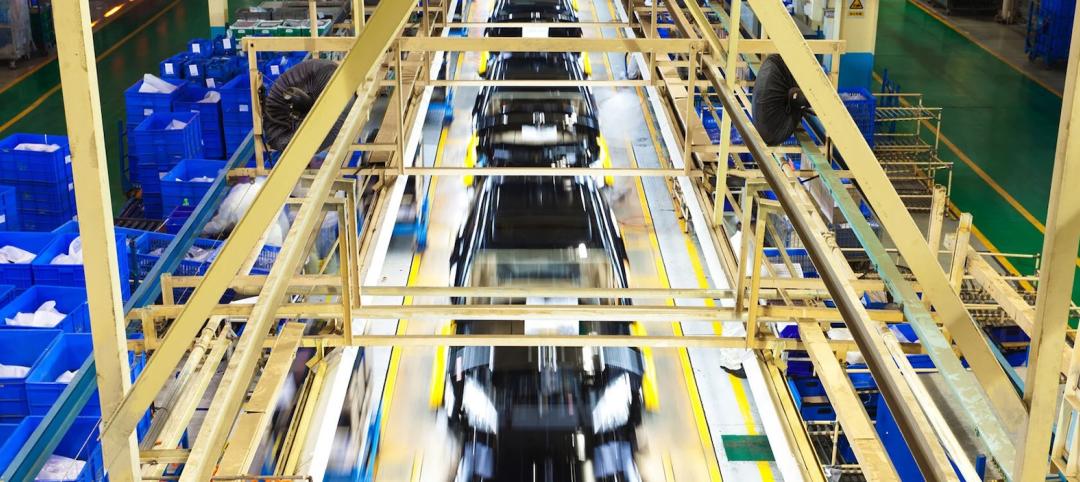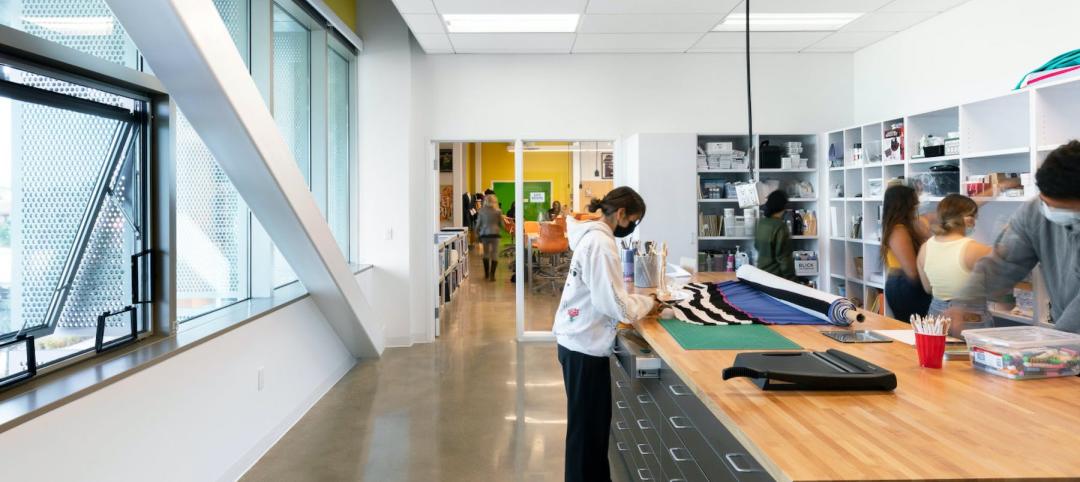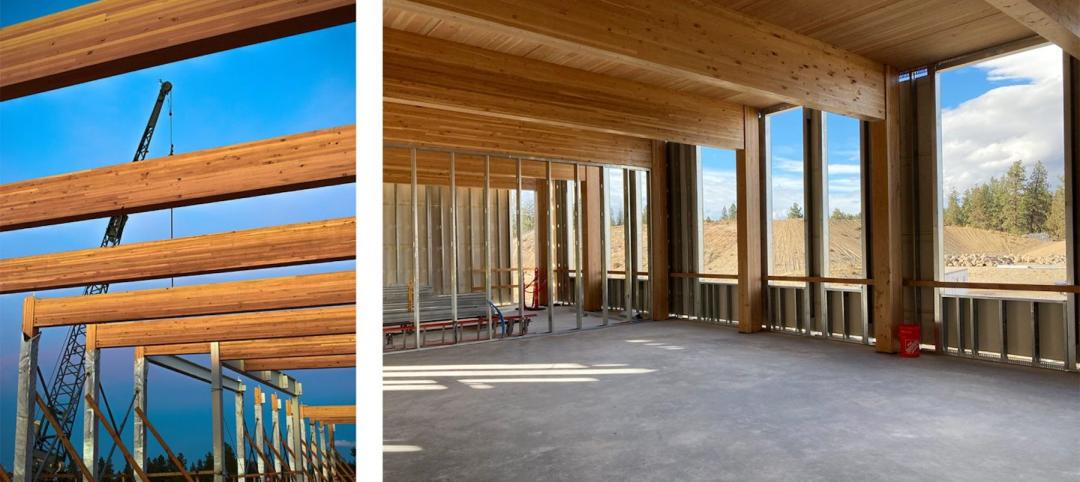A new study by Boulder, Colo.-based Navigant Research projects that public- and private-sector efforts to lower the carbon footprint of new and renovated commercial and residential structures will boost the annual revenue generated by commercial and residential zero energy buildings (ZEBs) over the next 20 years by 122.5%, to $1.4 trillion.
This study cites the lack of unified standards bodies as a barrier to the growth of ZEBs. It forecasts revenues for six product and service categories—lighting, walls and roofing, HVAC, glazing, renewable energy, and soft costs—by geographic and national regions, with specific emphasis in the U.S. on California and Massachusetts.
“The global zero energy building market has many pockets of potential growth, but challenges remain in defining what exactly a ZEB is, as well as raising awareness of the increasing accessibility of these solutions,” said Noah Goldstein, research director with Navigant Research. “The strongest driver for this market is regulation, as policies like the European Union’s Energy Performance of Buildings Directive and California’s evolving Title 24 building code bring ZEB markets into being for new commercial, new residential, and retrofitted commercial spaces.”
The technology and equipment associated with the building envelope are developing rapidly, reducing the soft costs associated with ZEBs, according to the report. New developments in building envelope materials, along with innovative manufacturing techniques for windows and glazing, should help lower the energy use intensity of buildings. This focus on improved envelopes is expected to aid the greater building ecosystem, reducing energy costs for non-ZEBs, as well.
Related Stories
Energy Efficiency | Aug 11, 2022
Commercial Energy Efficiency: Finally “In-the-Money!”
By now, many business leaders are out in front of policymakers on prioritizing the energy transition.
High-rise Construction | Aug 11, 2022
Saudi Arabia unveils plans for a one-building city stretching over 100 miles long
Saudi Arabia recently announced plans for an ambitious urban project called The Line—a one-building city in the desert that will stretch 170 kilometers (106 miles) long and only 200 meters (656 feet) wide.
| Aug 10, 2022
U.S. needs more than four million new apartments by 2035
Roughly 4.3 million new apartments will be necessary by 2035 to meet rising demand, according to research from the National Multifamily Housing Council (NMHC) and National Apartment Association.
| Aug 10, 2022
Gresham Smith Founder, Batey M. Gresham Jr., passes at Age 88
It is with deep sadness that Gresham Smith announces the passing of Batey M. Gresham Jr., AIA—one of the firm’s founders.
| Aug 9, 2022
Work-from-home trend could result in $500 billion of lost value in office real estate
Researchers find major changes in lease revenues, office occupancy, lease renewal rates.
| Aug 9, 2022
5 Lean principles of design-build
Simply put, lean is the practice of creating more value with fewer resources.
| Aug 9, 2022
Designing healthy learning environments
Studies confirm healthy environments can improve learning outcomes and student success.
Legislation | Aug 8, 2022
Inflation Reduction Act includes over $5 billion for low carbon procurement
The Inflation Reduction Act of 2022, recently passed by the U.S. Senate, sets aside over $5 billion for low carbon procurement in the built environment.
| Aug 8, 2022
Mass timber and net zero design for higher education and lab buildings
When sourced from sustainably managed forests, the use of wood as a replacement for concrete and steel on larger scale construction projects has myriad economic and environmental benefits that have been thoroughly outlined in everything from academic journals to the pages of Newsweek.
AEC Tech | Aug 8, 2022
The technology balancing act
As our world reopens from COVID isolation, we are entering back into undefined territory – a form of hybrid existence.


